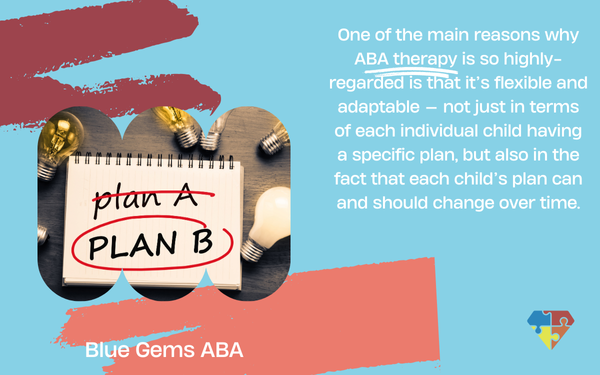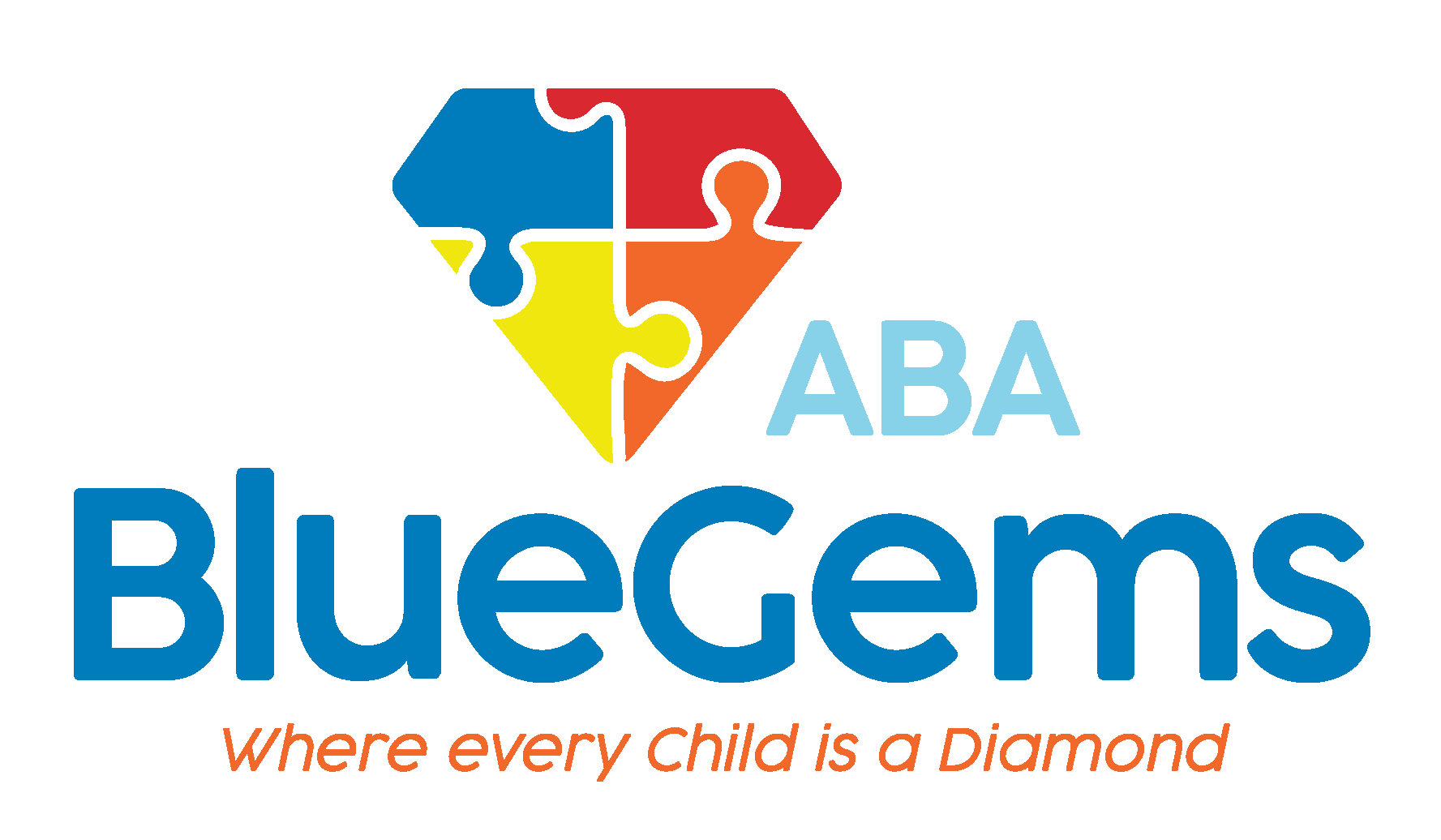When to Transition from Home-Based to Clinic-Based ABA
Applied behavior analysis (ABA therapy) is a leading treatment for children with autism spectrum disorder (ASD) that can be administered in a home-based or clinic-based setting. While the therapy itself follows the same principles no matter the environment, each option provides distinct advantages.
There are many reasons why parents prefer to have home-based ABA therapy, especially as their child is just beginning the treatment plan. Having the therapy done at home is often more convenient for the child and parents, allows the child to learn in the environment they’re most comfortable with and prevents them from potentially becoming overwhelmed by a new environment and/or changes to their typical routine.
At the same time, there are advantages that clinic-based ABA therapy provides over home-based therapy. So, how do you know when to transition from home-based to clinic-based ABA therapy?
Below, we provide you with some questions to ask to determine whether making such a transition is a good idea for you and your child.
Table Of Contents
Your Child’s Specific Needs
The first thing to always consider is what are your child’s specific needs and challenges. This should be at the forefront of your mind and guide you as to which environment is right for your child’s ABA therapy.
For example, if your child is just starting out ABA therapy and faces significant challenges adjusting to environments outside your home, then it’s probably best to keep them with home-based ABA therapy.
If they thrive in the more structured environment that many clinics can provide, then it might be wise to have them in a clinic-based ABA therapy program.
It’s always important to keep in mind your child’s current needs, as they are likely to change as they get ABA therapy and make progress toward achieving milestones. In other words, it’s possible your child’s needs may fit best with home-based therapy at first, but then evolve to fit clinic-based therapy better over time.
Progress Toward Goals
Speaking of progress, it’s also important to consider how your child is progressing toward their ABA therapy goals, and what future goals are going to be set.
One of the main reasons why ABA therapy is so highly-regarded is that it’s flexible and adaptable — not just in terms of each individual child having a specific plan, but also in the fact that each child’s plan can and should change over time.

As your child’s therapy team tracks and evaluates their progress toward goals, new goals should be set up to continually push the envelope, so to speak. It may come to a point in your child’s therapy that their next goals would involve situations or scenarios that are hard to replicate in a home-based therapy environment.
For example, one of their advanced goals could be to initiate play with peers or to integrate into a traditional school classroom setting. While therapists can simulate some of these scenarios at your home, they can be modeled more effectively in a clinic-based environment, where there are other children present.
This is one scenario where it might make sense for your child to transition from home-based to clinic-based ABA therapy.
Insurance Coverage
With ABA therapy being so intensive, it also can get quite expensive if it isn’t covered by insurance. In fact, it might be challenging for many families to afford intensive ABA therapy if they didn’t have insurance coverage.
Luckily, many insurance companies are required by federal and state laws to cover autism-related services including ABA therapy. Of course, what exactly is covered is dependent on your specific insurance plan.
It’s very possible that you may need to change insurance plans at some point in time, whether it be because of a change in job or because your employer updated their plans, for instance. In these cases, you may find that your new insurance plan only covers ABA therapy in certain instances.
If that is the case — and your new insurance plan only covers clinic-based therapy — then it might be a good time to consider making the transition away from home-based therapy.
Family Schedule
In the same vein, ABA therapy is also a significant time commitment — for both the patients themselves and their families. This is a main reason why so many parents prefer home-based ABA therapy, because it’s convenient.
There may come a time, though, when the family schedule changes, and home-based therapy is no longer tenable. If this were to occur, you should consider whether transition to clinic-based therapy might be best for your entire family — including for your child who has autism.
Blue Gems ABA Offers Both Home-Based and Clinic-Based ABA Therapy
Many parents prefer the convenience of home-based ABA therapy and the many advantages that it provides over clinic-based therapy. At the same time, there are some distinct advantages that therapy in a clinic provides, and there may come a time when it’s best for you and your child to transition away from home-based therapy.
At Blue Gems ABA, we offer both home-based and clinic-based ABA therapy so that we can meet the ever-evolving needs of our patients and their families. In doing so, we aim to always support children with autism as best we possibly can.
To learn more, please contact us today.




